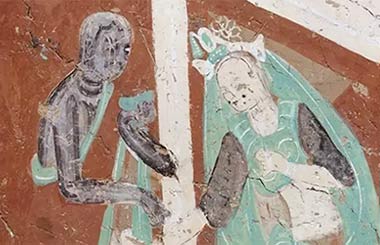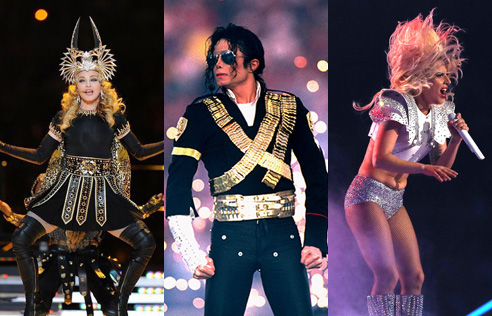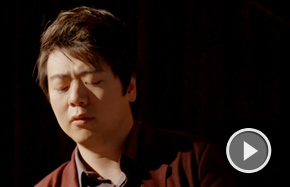Fossil offers clues to live births
"I think you'd be amazed to see it, with its tiny head and long snaky neck," said Mike Benton, a paleontologist a the University of Bristol, who took part in the research.
The species had one of the longest necks relative to body size of any living creature to have existed. It was an estimated 4 meters long, with a slender neck roughly 1.7 meters long, Liu said. It had paddle-like flippers, a small head and a mouth with teeth, including large canines, perfect for snaring fish.
"The identification of the embryo as the reptile's baby, rather than one of its hearty meals, proved key to the whole research.
"In aquatic amniotes, prey is usually swallowed head first and this orientation is maintained during digestion and disarticulation. Therefore, the neck-forward position of the embryonic skeleton suggests that the included skeleton was not ingested prey, but was an embryo," the researchers wrote.
"We note that the embryo demonstrates the curled posture typical associated with vertebrate embryos."
Liu said the fact that the Dinocephalosaurus did not lay eggs has its advantages, as having live births would have been highly adaptive to reproduction in the sea.
"It is also an indicator that marine reptiles practically dominated the oceans at that time," he added.
Reuters contributed to this story.

















